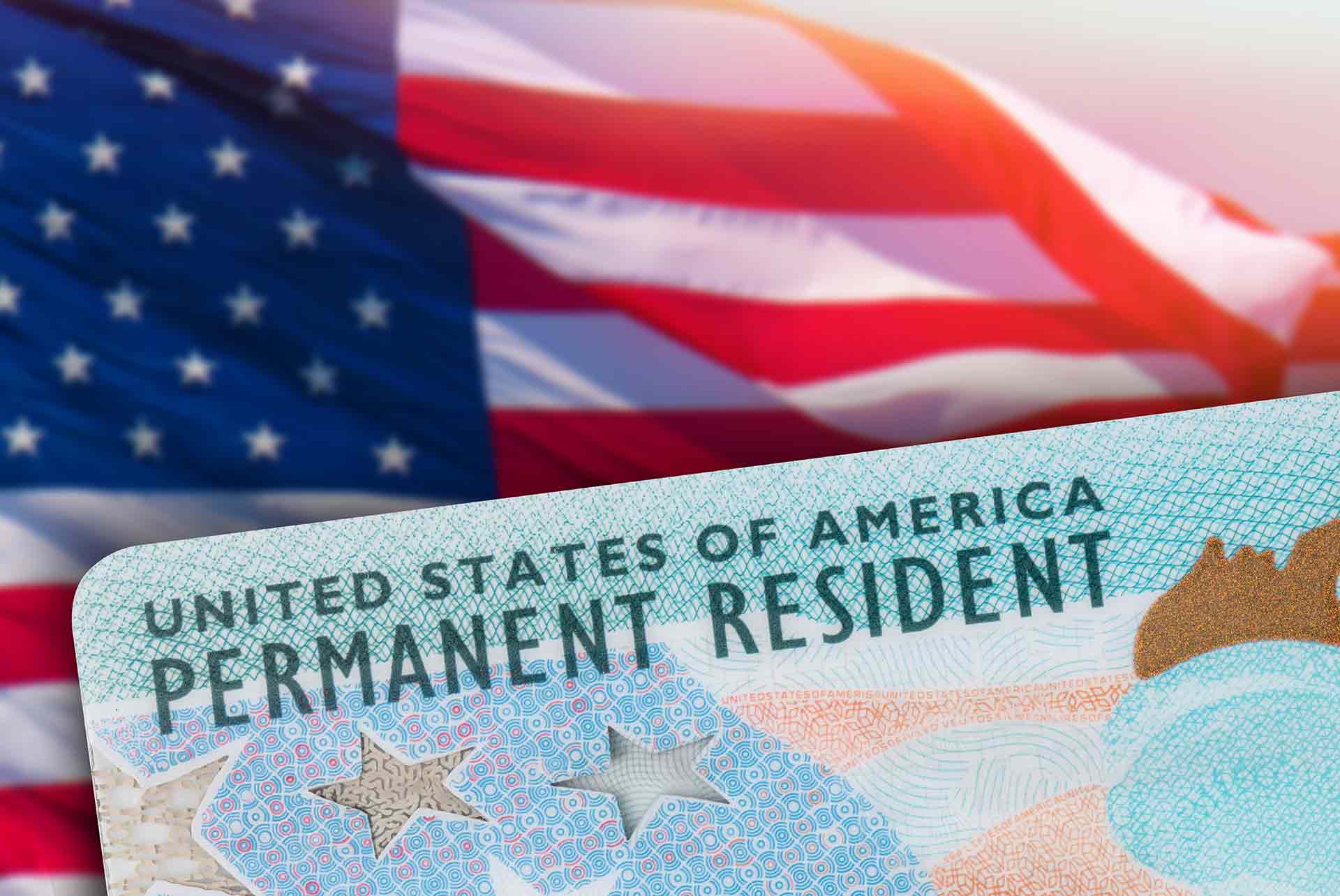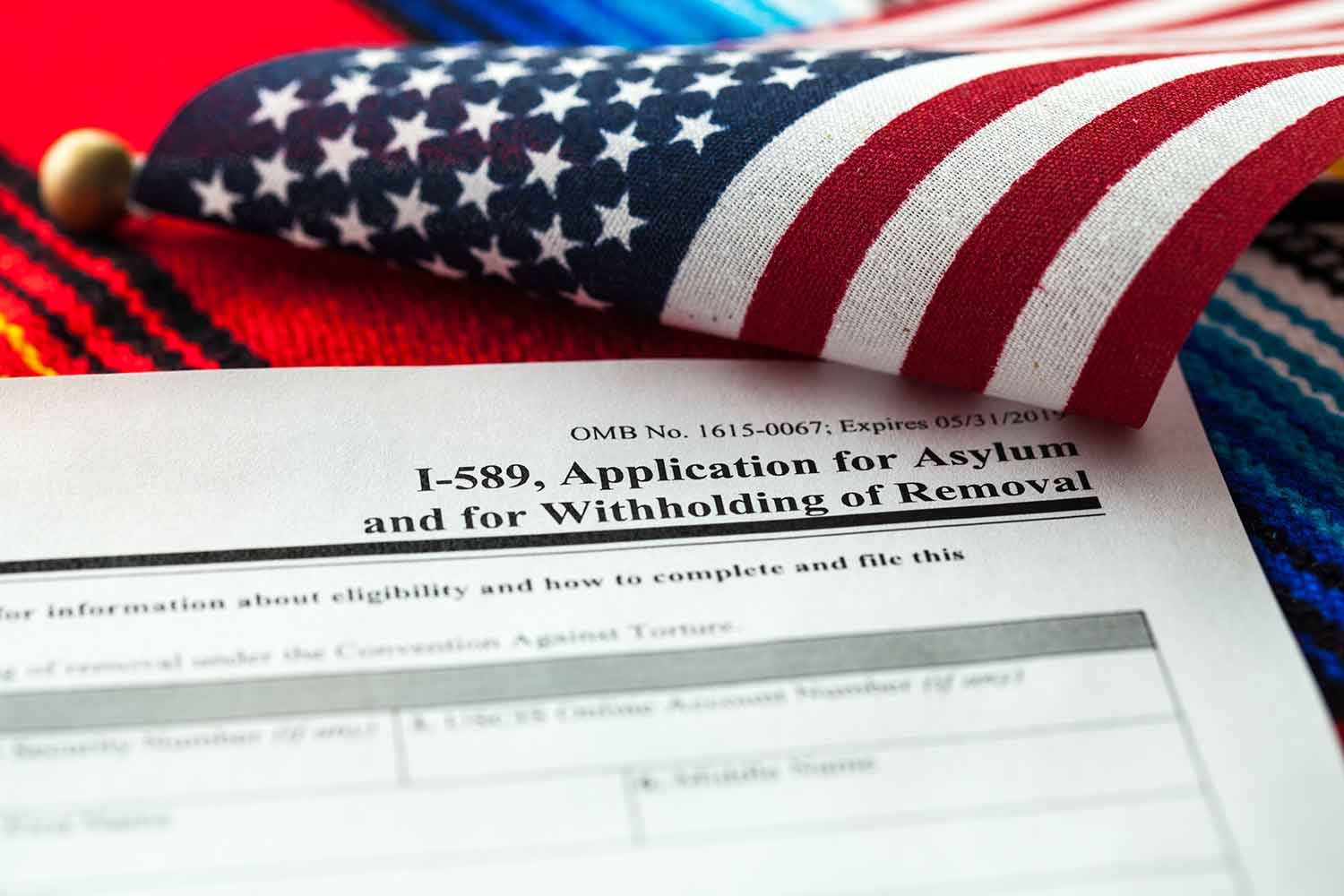President Joe Biden – Image Source: The White House
Understanding Form I-131F
The Biden administration has recently introduced a new immigration policy aimed at keeping families together. Central to this policy is Form I-131F, which allows certain noncitizen spouses and stepchildren of U.S. citizens to request parole in place. This new measure aligns with the administration’s commitment to humane immigration reform and family unity.
What is Form I-131F?
Form I-131F, officially known as the “Application for Parole in Place for Certain Noncitizen Spouses and Stepchildren of U.S. Citizens,” is a new electronic form introduced by USCIS. This form allows eligible individuals to request parole in place, which grants temporary permission to stay in the United States without fear of deportation, provided they meet certain conditions.
Who May File Form I-131F?
A noncitizen spouse or stepchild of a U.S. citizen may request parole in place under this process if they:
- Presence Without Admission or Parole: Are present in the United States without admission or parole.
- Continuous Physical Presence: Have been continuously physically present in the United States:
- Since June 17, 2014, if seeking parole in place as the spouse of a U.S. citizen; or
- Since June 17, 2024, if seeking parole in place as the stepchild of a U.S. citizen.
- Legally Valid Marriage:
- Have a legally valid marriage to a U.S. citizen as of June 17, 2024, if seeking parole in place as the spouse of a U.S. citizen; or
- Have a noncitizen parent who had a legally valid marriage to a U.S. citizen on or before June 17, 2024, and before the stepchild’s 18th birthday, if seeking parole in place as the stepchild of a U.S. citizen.
- No Disqualifying Criminal History: Do not have any disqualifying criminal history.
- No Threat: Do not pose a threat to national security or public safety.
Even if you meet the criteria to seek a discretionary grant of parole, USCIS may deny your request if they determine that a grant of parole is not warranted in your case. Additionally, if you are in removal proceedings or have an order of removal, you may still qualify for parole.
Evidence of Physical Presence
You must provide evidence of your continual physical presence in the United States. To show this, you could submit:
- Any Immigration and Naturalization Service (INS) or DHS document stating your date of entry (for example, Form I-862, Notice to Appear);
- Rent receipts, utility bills (such as gas, electric, phone), or receipts or letters from companies showing the dates during which you received service. You may submit this documentation even if it only has the name of your parents or legal guardians, as long as you also submit other evidence that shows your presence at that address;
- Tax returns, tax transcripts, or tax receipts;
- School records (such as transcripts or report cards) from the schools that you have attended in the United States, showing the names of the schools and the periods you attended;
- Hospital or medical records concerning treatment or hospitalization, showing the names of the medical facilities or physicians and the dates of the treatment or hospitalization;
- Official records from a religious entity in the United States confirming that you participated in a religious ceremony, rite, or passage (for example, baptism, first communion, wedding);
- Attestations by religious entities, unions, or other organizations to your physical presence;
- Other documents such as money order receipts for money sent in or out of the country; birth certificates of children born in the United States; dated records of bank transactions; correspondence between you and another person or organization; automobile license receipts, title, vehicle registration, etc.; deeds, mortgages, rental agreements; contracts to which you have been a party; insurance policies; receipts; postmarked letters or any other document you believe is relevant.
You must submit evidence that establishes your continuous physical presence for the entire period required, but you do not need to submit documentation for every day, week, or month within that period. USCIS will evaluate the totality of the evidence to determine whether you have established continuous physical presence for the required period (since June 17, 2014, for spouses or June 17, 2024, for stepchildren).
How to Apply
Applying for Form I-131F involves several steps:
- Create a USCIS Online Account: Each applicant, including minors, must have their own USCIS online account. Instructions for creating this account can be found on the USCIS website.
- Complete the Form Online: Form I-131F is only available online. Ensure all required fields are accurately filled.
- Submit Supporting Documents: Applicants need to submit proof of their relationship to the U.S. citizen, such as marriage certificates or birth certificates for stepchildren.
- Pay the Filing Fee: The fee for Form I-131F must be paid online during the application process. Fee waivers are available for those who qualify.
- Monitor Application Status: After submission, applicants can check the status of their application through their USCIS online account.
Conclusion
Form I-131F represents a significant step toward humane immigration reform by the Biden administration. By streamlining the process for requesting parole in place, the policy aims to keep families together and provide relief for those fearing deportation. For detailed instructions and the latest updates, applicants should refer to the official USCIS Filing Guide for Form I-131F and the USCIS website.
This new policy underscores the administration’s commitment to maintaining family unity and providing clear, accessible pathways for immigrants seeking to adjust their status while remaining with their loved ones in the United States.




